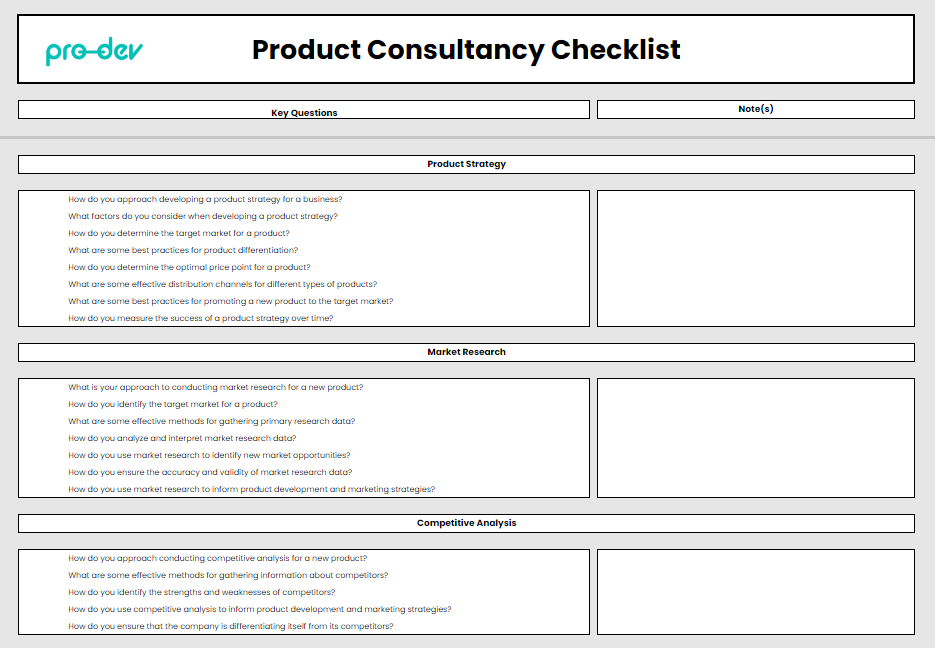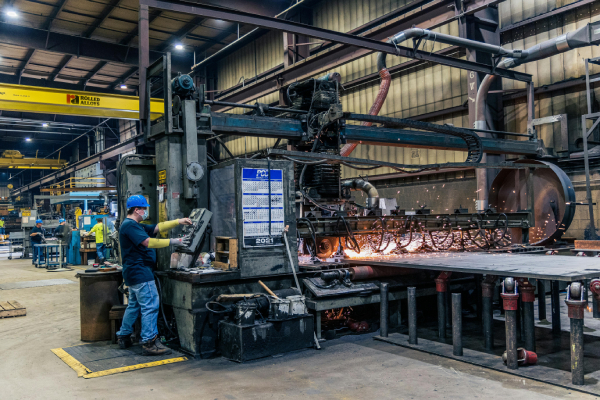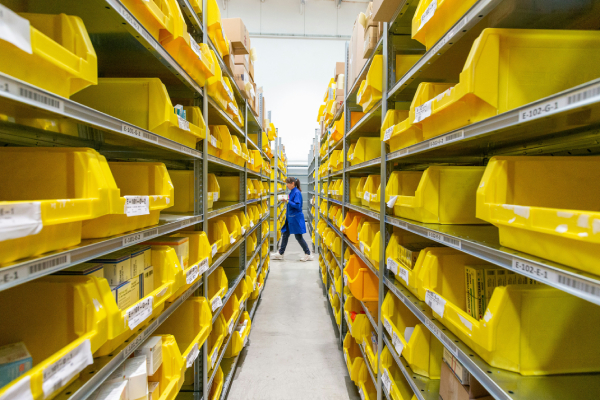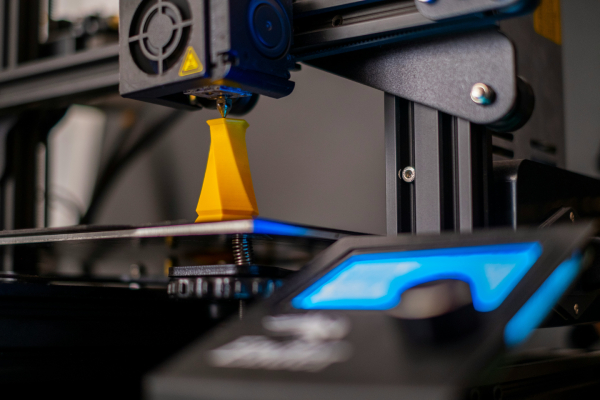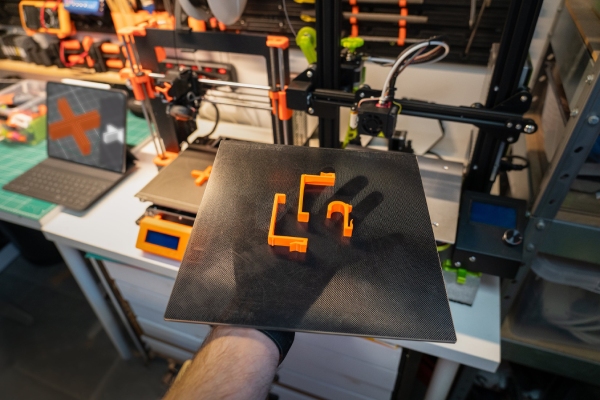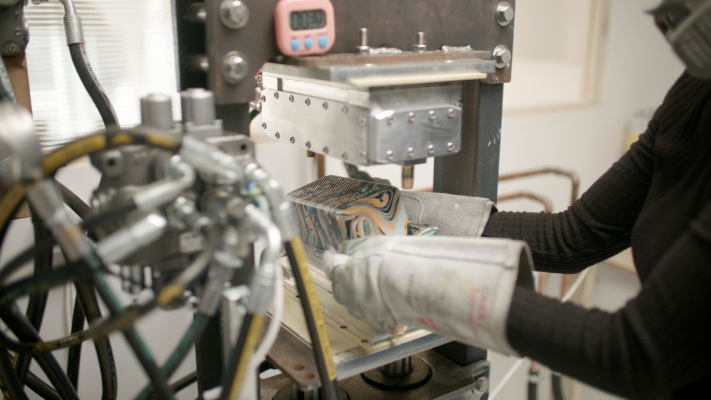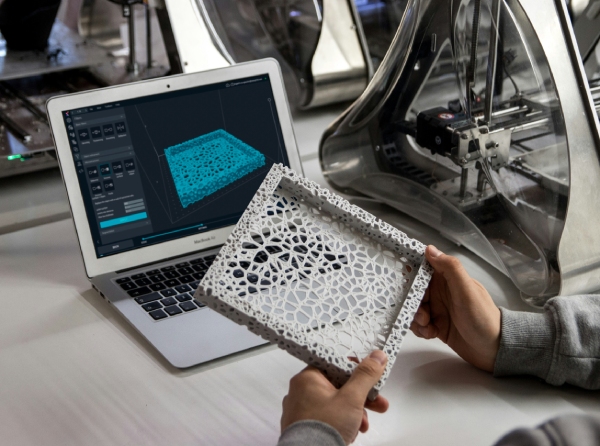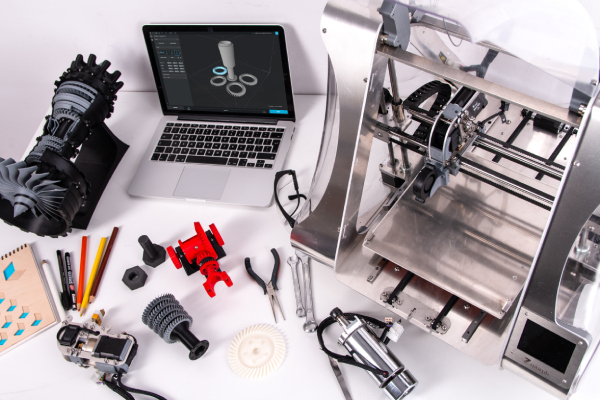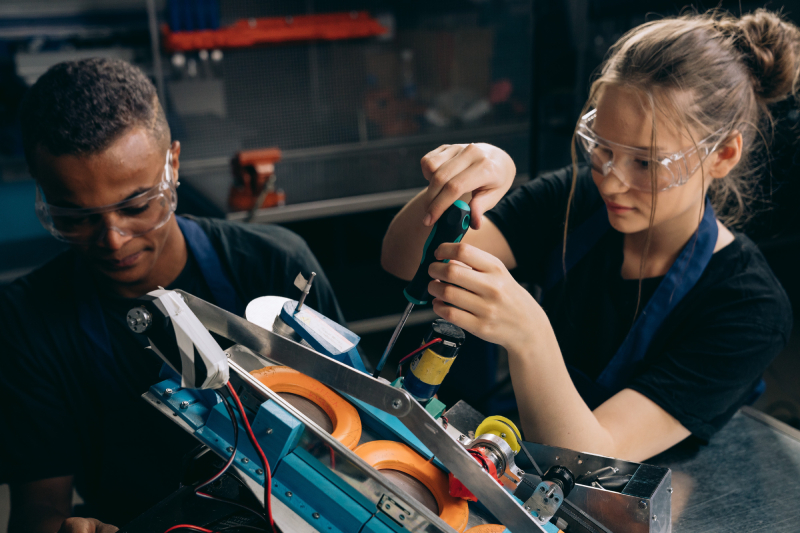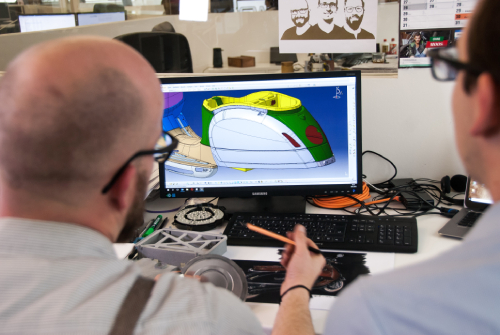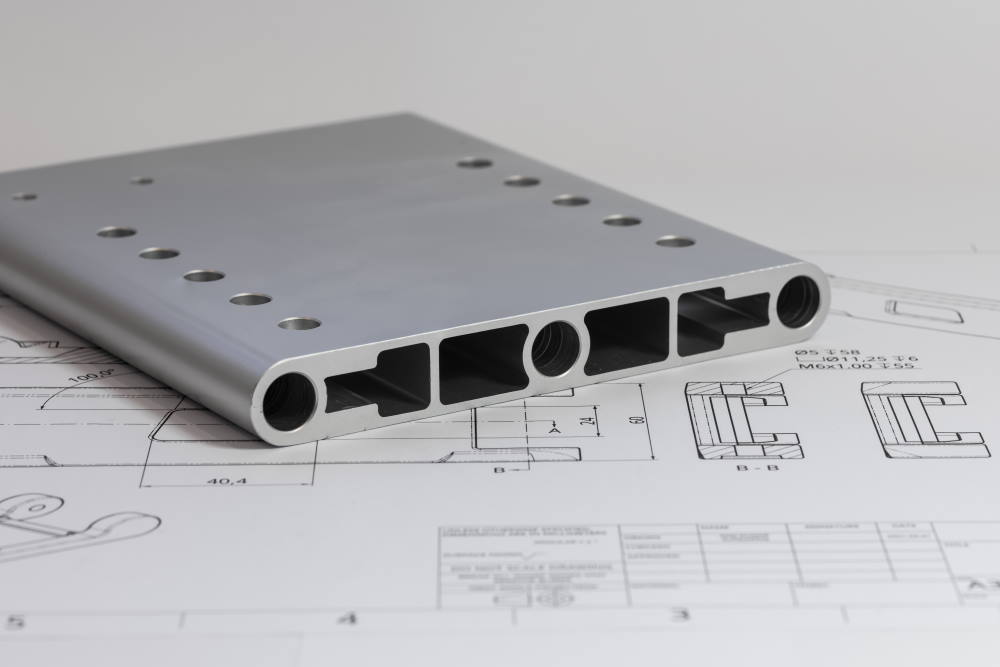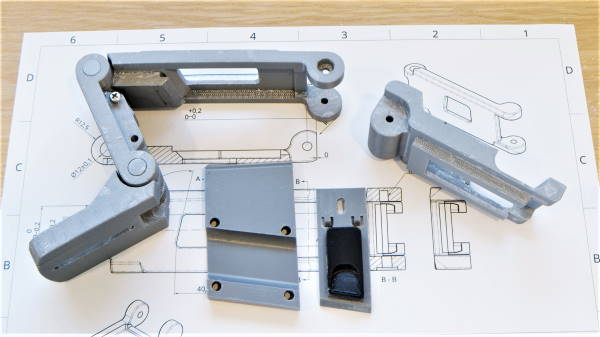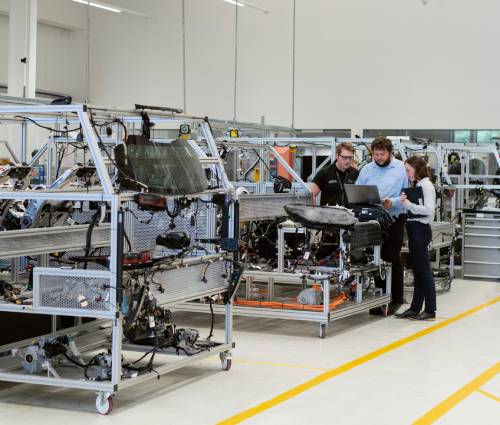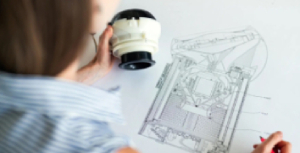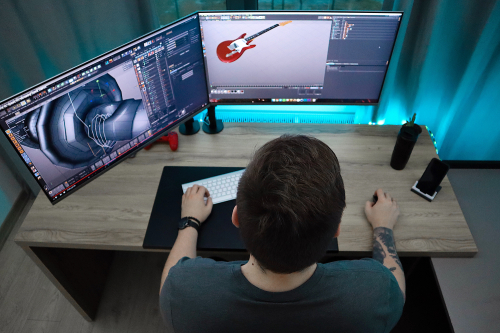Spanish surrealist and highly controversial artist Salvador Dali once said "have no fear of perfection, you'll never reach it", and while most manufacturers and developers continue to bring out different kinds of innovative design, they mostly do it not because they strive for perfection, but because of a continuing drive for betterment.
One of the best and latest examples of this is the most recent aeroplane seating design going around on social media. While it is being touted by airlines as the next revolution in air travel experience, the actual design has left some people wondering if this was thought out enough by those who made it.
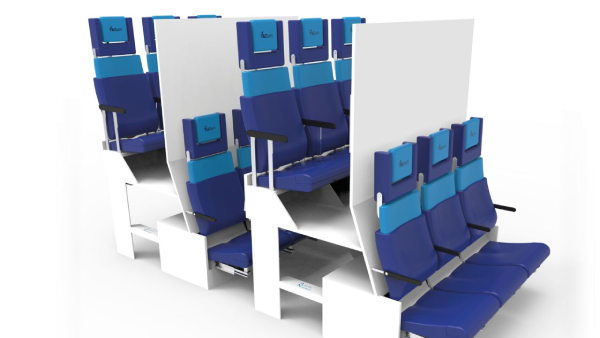
Source: CNN
An Argument on Cabin Space Optimisation
Stacking has become the latest solution to space utilisation, from storage spaces to living spaces, and now, even in aeroplane seating as well. The design, however, has earned mixed reactions, as it appears that passengers are arranged in a manner that they seem to be stacked one on top of the other.
While there are those who see it as a stroke of genius, as this means more passengers can now be accommodated by the planes that adopt this mode of seating, it does raise questions of safety, comfort, and the risk of inciting claustrophobia in those who have the fear of cramped spaces.
Concerns on Further Upgrades
Truth be told, the initial design does not really aim to stuff in more passengers as it would appear at the onset. The true aim of the design is to give passengers more legroom by eliminating the overhead luggage compartments, allowing the upper portion of the cabin to be used for elevated seating.
For now, the innovative but very controversial product design is reaping mixed reactions from people on social media, with comments ranging from complaints of having their heads positioned near someone else's bottom, to fears that it might increase the risk of injury during air mishaps.
This being the case, many are now awaiting further information as to how this new seating arrangement would be implemented, and if there are accompanying improvements that go along with it if only to satisfy the need of travellers for assurances that this new design is not simply for cabin space optimisation, but also comes with a good amount of safety considerations as well.
A Design Planned for Passenger Comfort or Discomfort?
The aviation innovation is also said to be aimed at allowing the seats to be reclined without having to cramp the legroom of the passenger behind the reclining seat. The angle of the recline, however, does look like instead of hitting a person's legs, it will now instead drop on a person's head should the seat's backrest suffer a malfunction of sorts.
While this vertical staggered layout is indeed aimed at providing more space for passengers, the airline industry is now looking at an uncertain stance as to whether frequent flyers would readily accept this new aeroplane seating design, or will it cause a decline in patronage for airlines that decide to adopt the cabin space optimisation.
Regardless of the outcome, what is certain about this innovation is that it could very well pave the way for further developments in how people fly, as there has not been any significant change or true advancement in commercial aviation for quite some time now.
Suggested article for you
Designing for Emotional Connection: How to Create Products That Resonate
